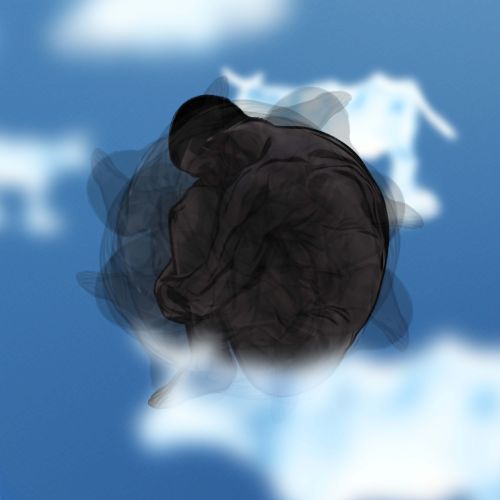Energy in Central and Eastern Europe: Czech Republic, Slovakia and Poland
The Czech Republic becomes independent from Russian nuclear fuel supplies. Until the end of 2023, the US company Westinghouse will supply fuel to the Dukovany nuclear power plant, while the Temelín plant will import fuel from both Westinghouse and the French company – Framatome. Slovakia’s largest electricity producer, Slovenské elektrárne, is also choosing a new supplier of nuclear fuel.
By diversifying its import sources – extending or signing new contracts with BP p.l.c., ExxonMobil Corporation, Shell plc, ENI and RWE – Slovakia will accumulate enough gas for the coming winter, even if Russian natural gas stops flowing to Europe at all. Overall, Slovak gas storage facilities are 60% full after last winter, and gas reserves across the European Union currently average 55%. Typically at this time of year, storage levels in the EU are around 26%. According to the adopted regulation, EU gas storage facilities should be 90% full by 1 November 2023.
According to some Polish experts, a return to the idea of shale gas extraction in Poland could ease the energy crisis in Europe. Europe has approximately 14 trillion m³ of technically recoverable shale gas reserves, with Poland and France holding the most. According to a study based on US Energy Information Administration data, Polish shale gas reserves amount to 4.2 trillion m³. After initial interest, exploration and production of European shale gas deposits were halted eight years ago.


























